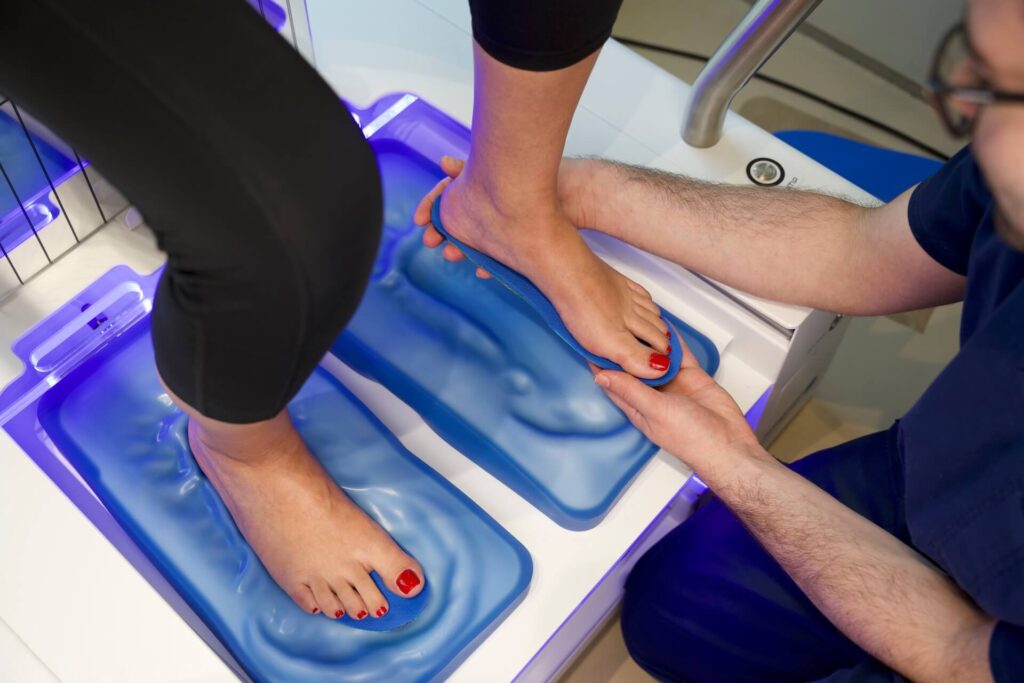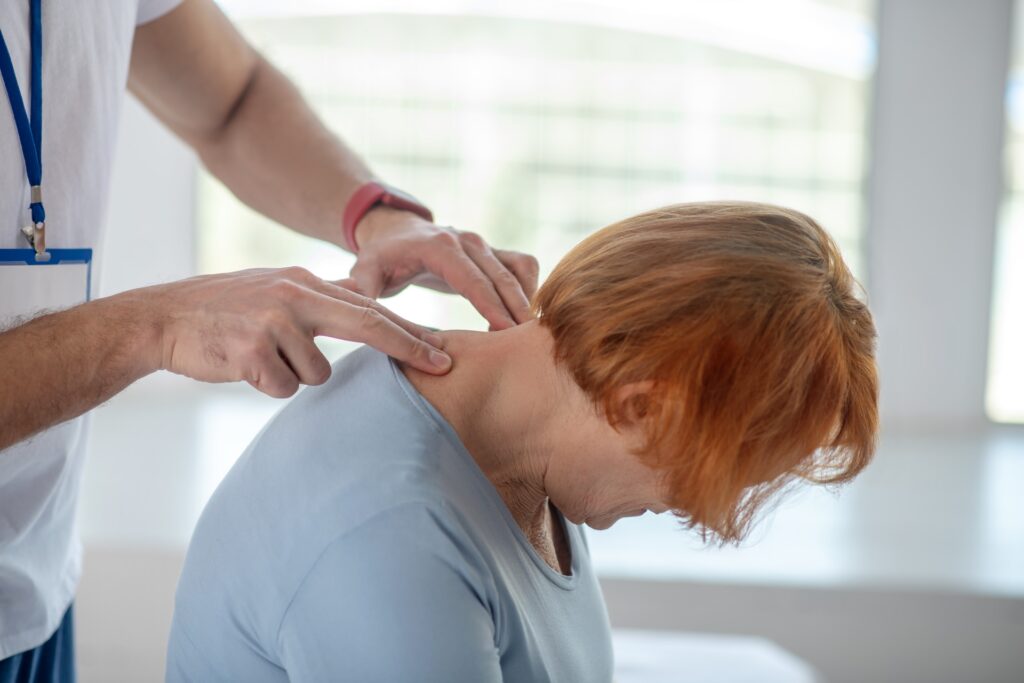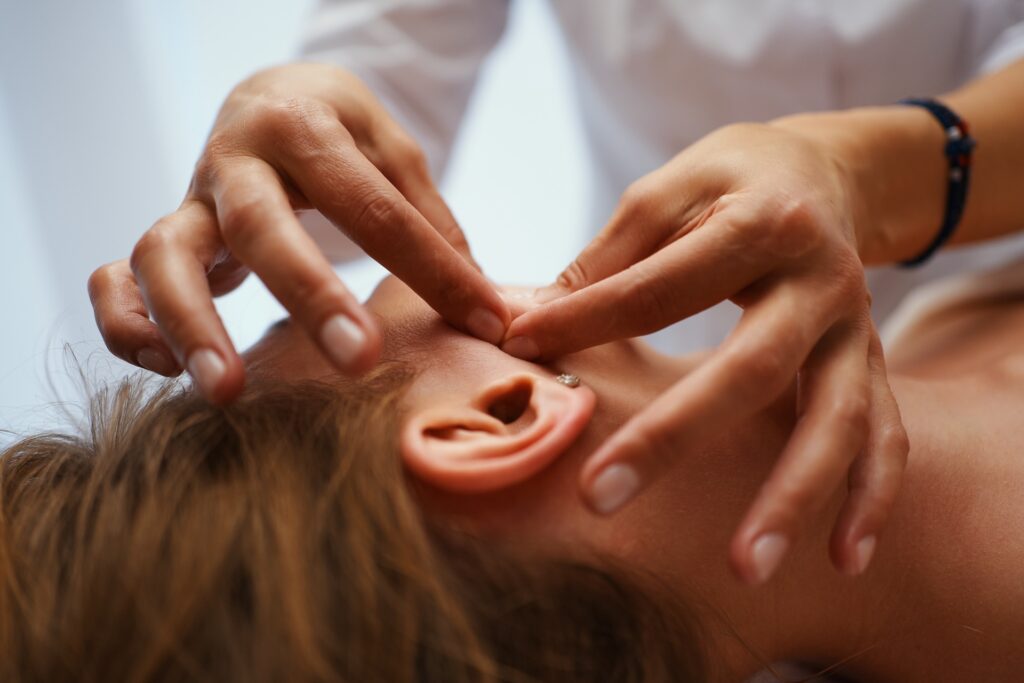Why Consistency in Physiotherapy Rehab After a Fracture Is Essential – From Lower Limbs to Upper Limbs
By Jimy Haddad | Physiotherapist at KINETIKA Physiotherapy Dubai
A fracture is more than just a broken bone. It’s a disruption of your body’s natural movement system. Whether you’re recovering from a tibia fracture, an ankle injury, an elbow break, or wrist trauma, consistent physiotherapy rehabilitation is key to regaining full function.
At KINETIKA Physiotherapy Dubai, we regularly see patients who were told their fracture is “healed” but still struggle with pain, stiffness, or weakness because they didn’t complete their rehab.
The truth is: fracture recovery is not complete until movement, strength, and coordination are restored.
LOWER LIMB FRACTURES
Healing the Bone is Only Step One.
Hip, femur, tibia, fibula, ankle, and foot fractures often require weeks of rest or casting with very little movement. But after that, it’s what you do that makes all the difference.
What Happens Without Consistent Rehab?
Muscle Weakness and Imbalance:
Immobilization after a lower limb fracture causes muscle atrophy especially in the quads and calves leading to muscle imbalances that disrupt posture, walking mechanics, and overall gait
Muscles like your quads and calves shrink and weaken, which can change your posture and the way you walk.
Joint Stiffness:
Joints that don’t move regularly get tight and may develop early signs of arthritis.
Loss of Balance:
Injuries interrupt the brain’s control over balance and coordination, raising your risk of future falls.
New Aches Elsewhere:
If your body learns to “protect” the injured leg by shifting weight or walking differently, other joints like the hip or back can start to hurt too.
At KINETIKA, our approach to lower limb rehab includes:
- Joint mobilization (ankle, knee, hip)
- Muscle reactivation with targeted exercises
- Gait re-education to restore proper walking mechanics and prevent compensation
- Balance and proprioception retraining
- Custom orthotics to improve load distribution and correct posture
Consistent sessions ensure a full return to walking, running, and daily function without discomfort or compensation.
UPPER LIMB FRACTURES
It’s Not Just About the Bone.
Upper limb fractures especially of the elbow, wrist, or fingers can be deceptive. The bones may heal, but manual function, grip strength, and fine motor control are often impaired if therapy is interrupted or incomplete.
Risks of Stopping Therapy Too Soon:
Loss of Grip Strength & Dexterity
Small muscles of the hand and forearm weaken rapidly, affecting writing, cooking, typing, and other daily tasks.
Joint Contractures
Limited movement in the elbow or wrist can quickly result in stiffness, particularly after casting or surgery.
Decreased Manual Coordination
Your brain needs consistent input from the hand and arm to recalibrate motor control and proprioception after injury.
Poor Functional Independence
Inconsistent rehab limits your ability to perform basic tasks, impacting quality of life and productivity.
At KINETIKA, Our Upper Limb Rehab FocusOn:
- Elbow, wrist, and finger joint mobilization
- Strength and endurance exercises for grip and precision
- Neuromuscular control training to improve coordination
- Task-specific drills (e.g., opening jars, buttoning clothes)
- Hand therapy and splinting when needed
WHY CONSISTENCY MATTERS
No Matter the Injury.
Whether it’s the leg that carries your body or the hand that enables daily function, the recovery process requires regular stimulation, graded loading, and professional guidance. Missing sessions or stopping prematurely leads to:
- Long-term dysfunction
- Higher risk of re-injury
- Loss of confidence in movement
- Delayed return to sports,work or daily life
At KINETIKA, we follow evidence-based rehabilitation timelines and adapt them to each patient’s recovery phase. You’re not just healing a bone, you’re restoring an entire movement system.











